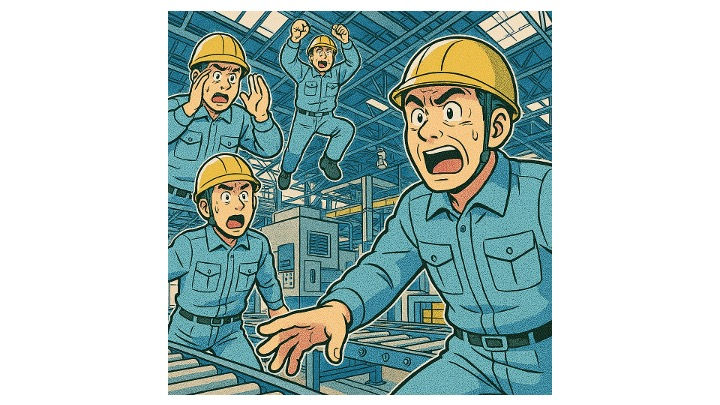Punctuality of Japanese Trains
- hidet77
- Sep 3
- 3 min read

Many visitors travel to Japan. A common topic discussed is the punctuality of the trains. The railways run on precise schedules. Many people connect this to Japanese culture, which highly values respecting time.
Is that true?
A historical study looked at Japanese punctuality. In the late 19th century, Japan opened its borders—visitors wrote many diaries and notes. A common complaint about the Japanese was that they were always late. The Japanese never respected punctuality. Our smallest time unit was “Kohantoki,” which is fifteen minutes. The Japanese were terrible with punctuality.
In 1872, Japan launched its first commercial railway, and delays were common. Records show delays lasting from thirty minutes to an hour. People had gotten used to the delays and didn’t complain because they could wait for hours. That’s just how things were.
Things started to change as Japan entered the 20th century. The population increased, and urbanization accelerated. The demand for railways to boost their capacity also rose. The railway industry invested in development. In 30 years, railways expanded to about 6,000 km, but that still wasn't enough. They needed a different strategy. The main focus was on punctuality. Many initiatives were launched to improve.
One such initiative was to redefine 'delay' as 'work'. In a railway company, before the rule change, employees were allowed to be late by an hour. The new standard in 1903 was that they could be late up to fifteen minutes, which is still hard to believe by today's Japanese standards. And if people were allowed to be late by an hour, we would understand how operations would function.
One topic was railway maintenance. The original rules were simply translations of imported standards. In 1909, a new set of rules was introduced, focusing on the frequency of railway inspections by hierarchy— the chief of maintenance for a district inspects at least once a month. There were additional positions that were supposed to be checked weekly or several times a week. The team leader and workers conduct daily checks. These rules defined the inspection schedule. Around 1925, a more scientific approach to maintenance was adopted. These rules incorporated tolerance levels and the team method in maintenance.
Another activity was led by “God of train operations,” Kouki Yuki. He questioned the punctuality and focused on how trains operated. During his time, the train was a steam locomotive, which required coordination among many workers such as drivers, engine operators, and assistants. By working with these people, Yuki created detailed “manuals.” He also emphasized training the staff. Additionally, since trains did not have speed indicators, he placed signs on the railways so the driver could check the time. The fact that the driver can verify on-time arrivals means they used the diagram (time-distance diagram, service planning diagram). The diagram itself was imported with the railway from England, and along with the activities above, it became an even more effective visualization tool.
There is an interesting story about Yuki. As he gained more attention for fixing the trains to run on time, he started to get complaints. “You made the trains leave on time. Because of that, I am always late for the train.”
As such activities occurred, they affected train punctuality. The Yamanote line, possibly Japan's busiest rail line, operated every 12 minutes in 1919. This frequency increased to every 5 minutes in 1926 and every 4 minutes in 1930. Along with technological improvements like signals and longer trains, the railways began to meet the growing demand. (It is still very crowded.)
There is some evidence that such punctual trains initially operated only in urban areas or took longer to reach other regions. I’m not claiming that the punctual train created a Japanese time-sensitive culture, but it was definitely a contributing factor. At the very least, an accurately timed train removes an excuse from daily life. However, it does not work the other way around. The Japanese culture was not strictly time-punctual when the railways challenged it. Such a system was introduced within a generally loose sense of time.
There is also a similarity with the Toyota Production System—maintenance, standardization, worker involvement, visualization, diagrams... The connection between the two is not entirely clear to me.
“If Japan Can… Why can’t…?” The key point about the punctuality of Japanese railways should not be viewed as a cultural issue. If culture were the main factor, it could have weakened the system. More importantly, are the systems implemented to support such punctuality, which can be applied to any country or industry.
Reference
Edakubo, T. (2022, October 17) 世界一「時間に正確な鉄道」はなぜできた?実はルーズだった日本人を変えたのは…
Diamon Online



Comments